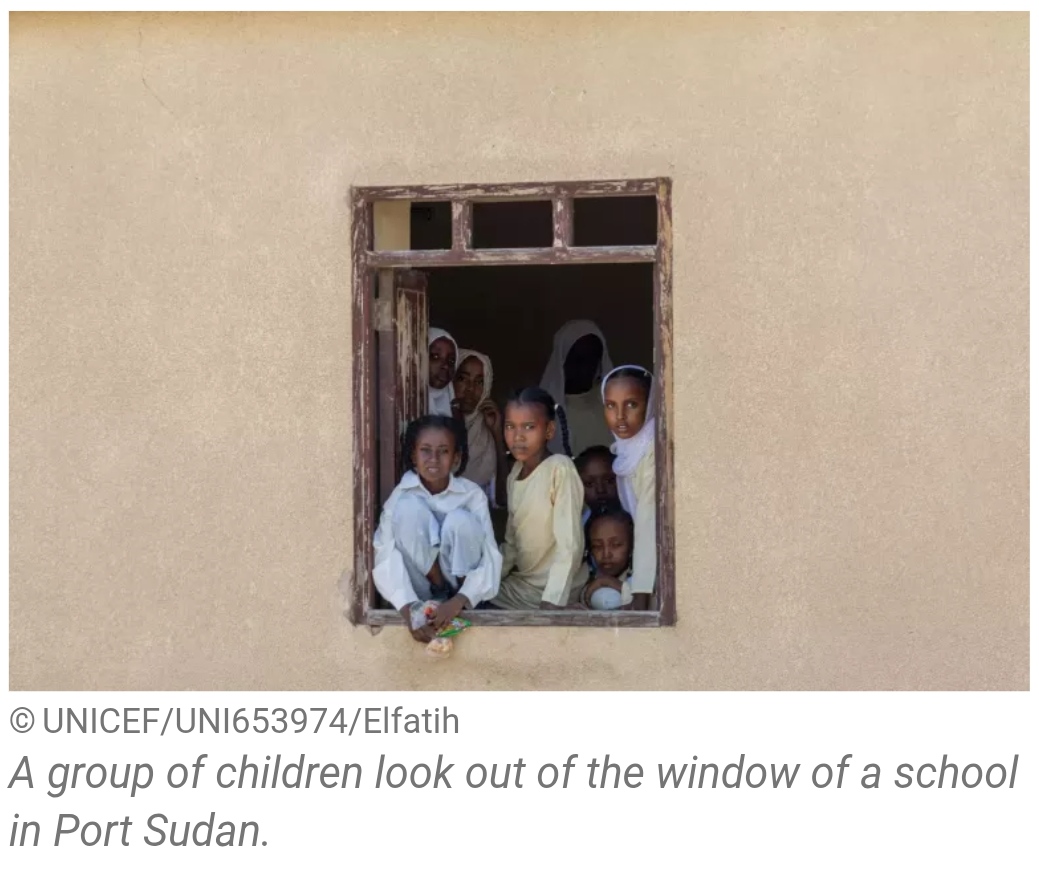Global Malaria Efforts Show Progress, But Funding and Access Gaps Persist, WHO Reports.
Geneva:
The World Health Organization (WHO) has released its latest World Malaria Report, offering a mixed outlook on the global fight against malaria. While significant progress has been made in reducing the impact of the disease, challenges remain, especially in the WHO African Region, where malaria continues to claim lives at alarming rates.
Since 2000, concerted global efforts have prevented an estimated 2.2 billion malaria cases and 12.7 million deaths, according to WHO data. However, the disease remains a serious health threat, with 263 million estimated cases and 597,000 deaths recorded globally in 2023. These figures represent a worrying increase of 11 million more cases compared to 2022, with the death toll remaining largely unchanged. The WHO African Region accounted for approximately 95% of malaria-related deaths, with vulnerable populations, including young children and pregnant women, bearing the brunt of the disease.
“No one should die of malaria; yet the disease continues to disproportionately harm people living in the African region, especially young children and pregnant women,” said WHO Director-General Dr. Tedros Adhanom Ghebreyesus. He emphasized the need for increased investments and efforts in high-burden countries to address the persistent threat.
Progress in Some Regions, but More Work Needed
While malaria continues to pose a significant challenge, there is notable progress in some countries. As of November 2024, 44 countries and one territory have been certified malaria-free by the WHO, with 25 malaria-endemic nations now reporting fewer than 10 cases annually, up from just 4 in 2000.
In the WHO African Region, there has been a 16% reduction in malaria mortality since 2015. Nevertheless, the 2023 mortality rate remains concerning, standing at 52.4 deaths per 100,000 population at risk, more than double the target set by the Global Technical Strategy for Malaria (2016-2030), which aims for a rate of 23 deaths per 100,000.
The fight against malaria gained momentum this year as Health Ministers from 11 African countries, accounting for two-thirds of the global malaria burden, signed a declaration aimed at sustainably reducing the disease’s impact. The declaration outlines strategies for strengthening national health systems and improving coordination, with a focus on addressing the root causes of the disease.
Malaria Vaccines and Insecticide-Treated Nets: A Renewed Hope
A major breakthrough in the fight against malaria is the widespread use of new-generation malaria vaccines and insecticide-treated nets. As of December 2024, 17 countries had introduced malaria vaccines as part of routine childhood immunization programs. This initiative is expected to save tens of thousands of young lives annually, especially in malaria-endemic regions.
Additionally, the increased distribution of new-generation mosquito nets—designed to offer better protection against resistant strains of mosquitoes—has also shown promise. These nets now make up 78% of the 195 million nets delivered to sub-Saharan Africa in 2023,



